Nature looms large on the northern island of Hokkaido. Japan’s most northern island and prefecture is a land of windswept volcanic peaks, fertile agricultural valleys and natural onsen hot springs. It is also the home of the Ainu, the Indigenous people who were the island’s earliest settlers. These seven unique places to experience Ainu culture in Hokkaido provide an immersive and memorable way to learn more about Japan’s first peoples.
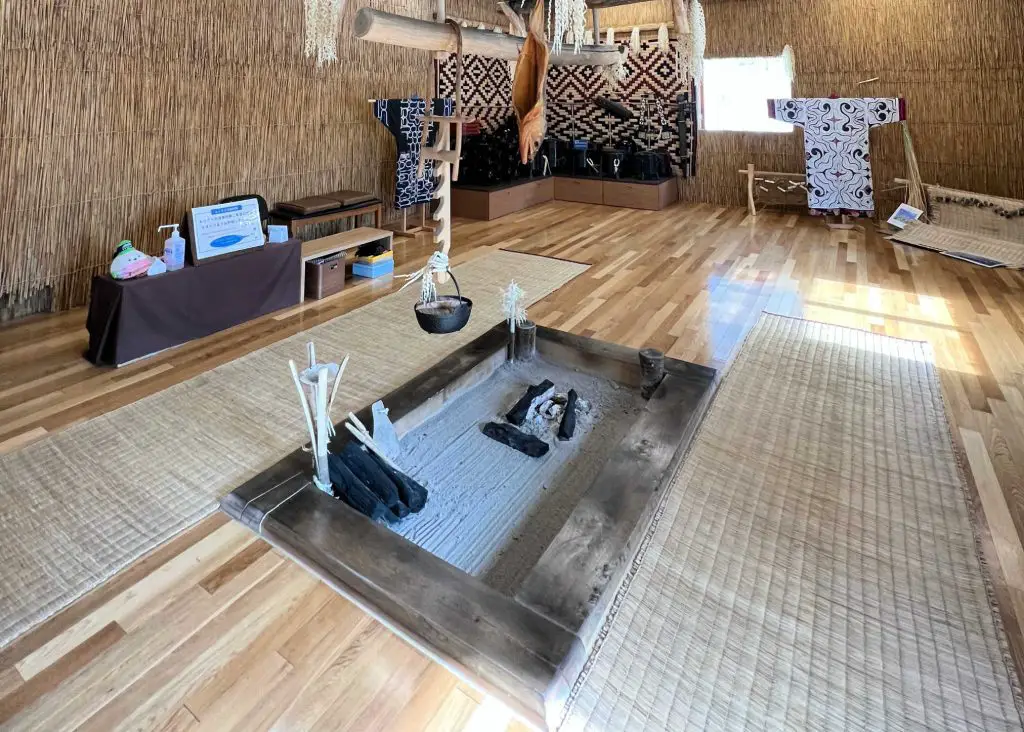
7 unique places to experience Ainu culture in Hokkaido
Who are the Ainu people
The Ainu call Hokkaido “Ainu Moshiri” (“Land of the Ainu”). They are believed to have travelled from Mongolia to settle in northern Japan and the Kuril Islands before 300 BC. As the Yamato Japanese expanded their territory from western Japan northwards over the past 1,500 years, the Ainu were gradually displaced and assimilated into the dominant culture, often in harmful ways.
As part of assimilation, the Ainu were obligated to learn Japanese language and culture. In doing so, they lost much of their Ainu history, traditions, language, and oral stories. The Indigenous group struggled to preserve their way of life.
In 2007, as part of the United Nations Declaration of the Rights of Indigenous Peoples, the Japanese government formally recognized the Ainu as the Indigenous people of Japan. This resulted in a resurgence of interest in their cultural heritage and a desire by domestic and international travellers to learn more about the Ainu and their traditional culture.
In recent years, the resurgence of Ainu cultural practices in the 21st century is creating pride in the community, and interest by visitors to Hokkaido. Both Japanese people and travellers to Hokkaido can immerse themselves in the Indigenous history of the Ainu people. This can be done at festivals, museums, and attractions in this northern part of the Japanese archipelago.
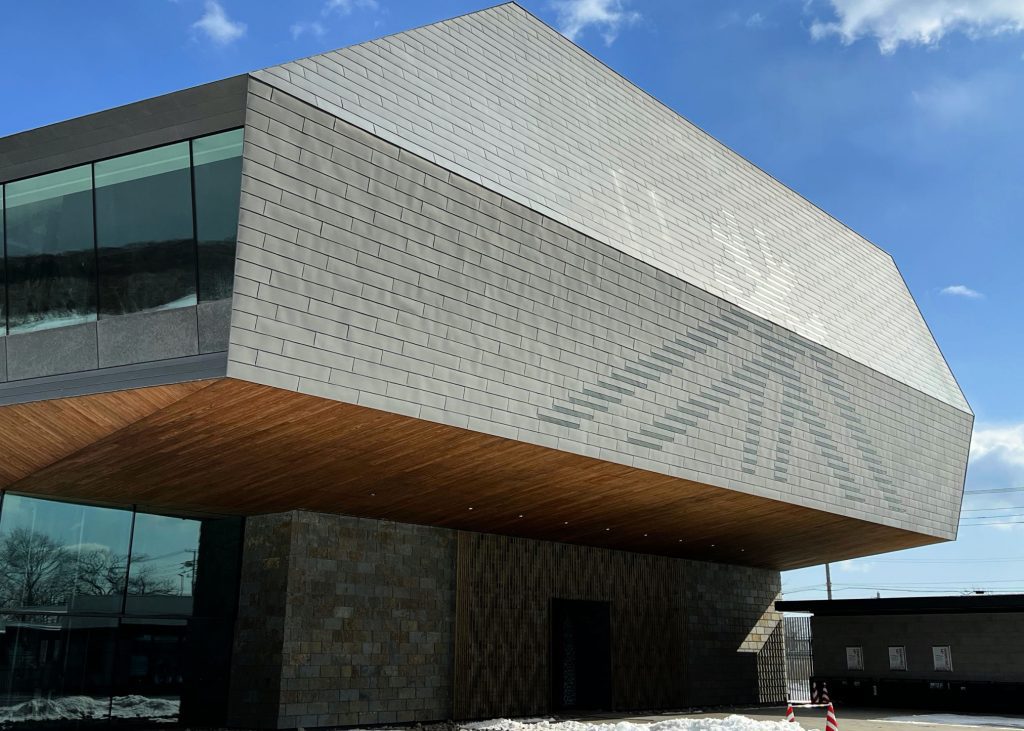
Use the map below to search for hotel and short-term rental options
Upopoy National Ainu Museum
The foremost place in Japan to learn about Ainu culture is at Upopoy National Ainu Museum, in Shiraoi, Hokkaido. Upopoy is the first national museum dedicated to the history and promotion of Ainu culture. It opened in July 2020. Upopoy is the Ainu word for “singing together in a large group.” It is an outstanding facility serving as a national center for showcasing traditional Ainu customs. It promotes Japan’s indigenous cultures in modern Japan and to the next generation.
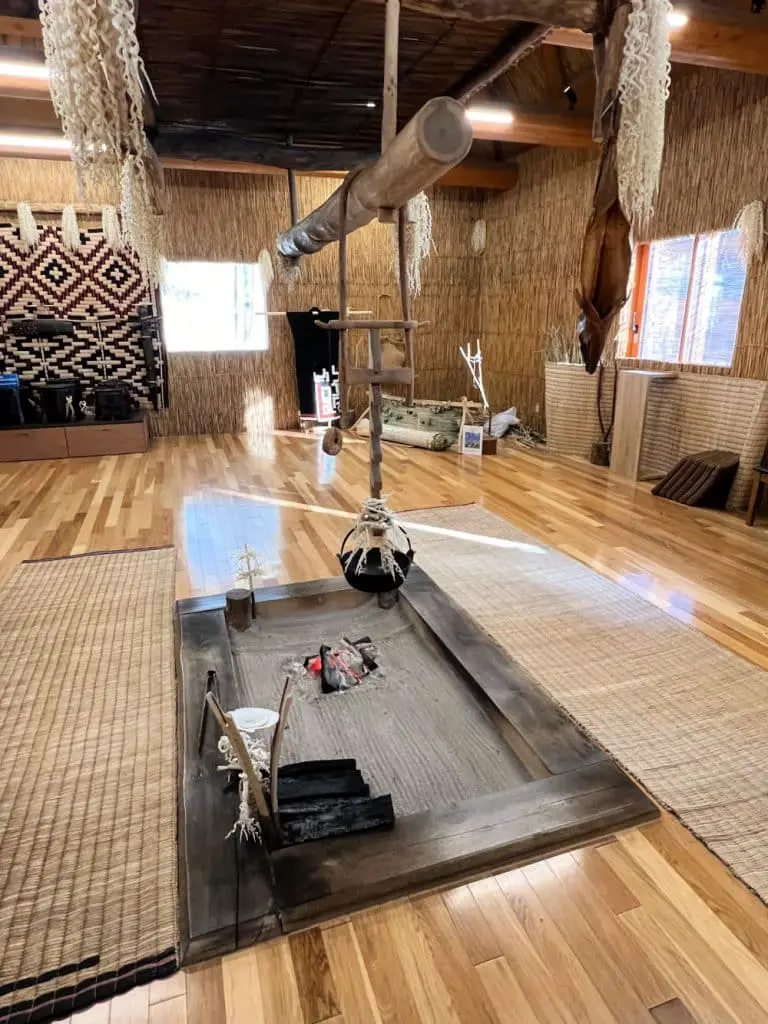
The museum is located within an open-air park on Lake Poroto. The park features a performance hall, restaurants, and traditional Ainu village, or koton, with several reconstructed cise, Ainu homes. There are opportunities for visitors to experience the culture of the indigenous Ainu people. Visitors can try Ainu traditions like wood carving, weaving and archery, and even play the mouth harp. Performances at the hall featuring traditional Ainu dance by Ainu women performers in traditional dress are a must see.
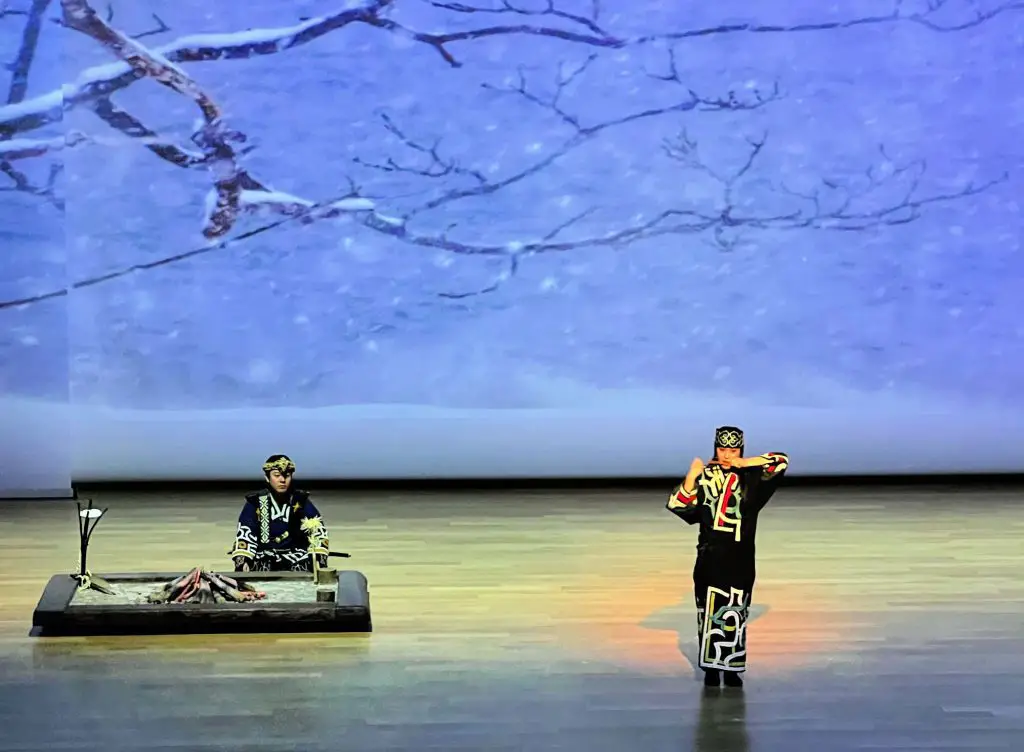
Biratori Municipal Nibutani Ainu Culture Museum
Located in the Biratori region, this impressive Ainu Culture Museum protects the knowledge and treasures of Ainu culture, preserving them for future generations. It offers visitors a chance to learn and experience the Ainu culture of the Saru River basin in particular.
Facilities include the Nibutani Kotan village, an open-air collection of traditional Ainu houses. A Historical Museum showcasing life as it was along the Saru River. And the Kayano Shigeru Nibutani Ainu Museum, displaying more than 1,000 pieces of Ainu folk artifacts and paintings from indigenous peoples around the world.
The Biratori Ainu Crafts and Heritage Center Urespa is home to Ainu men and women artisans and craftspeople. There are excellent opportunities for visitors to participate in cooking classes and dining on traditional Ainu foods like grilled salmon and shito, a dumpling made of millet.
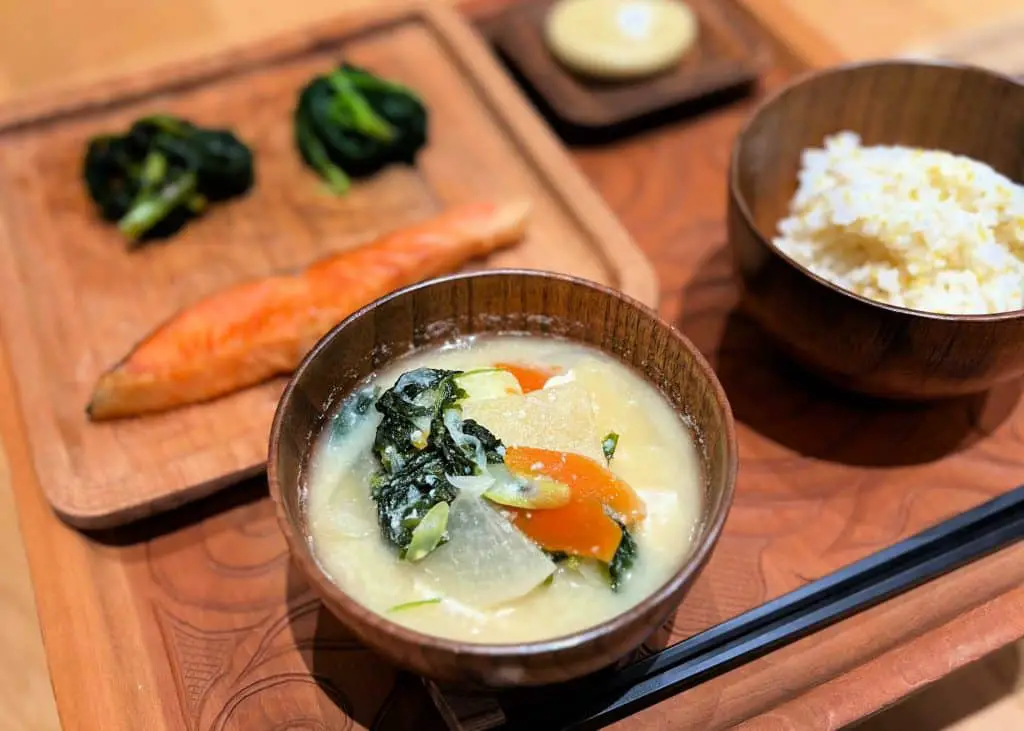
In this region, Ainu residents are working to reforest the surrounding area. Activists like Monbetsu (pictured below) hope that this work will restore the ecosystem to a healthy state for birds, animals and human beings.

Hakodate City Museum of Northern Peoples Museum
The exterior of the Hakodate City Museum of Northern Peoples Museum in Hakodate is a bit austere. That’s due to the fact that the building was once the Hakodate Branch of the Bank of Japan in 1926.
Inside, exhibitions showcase materials and artifacts highlighting the culture of the Ainu people, living along the Sea of Okhotsk. There are hands-on activities to try, including the Ainu’s traditional papercutting, or make and play their traditional musical instruments. Exhibits show handmade ocean-going sea kayaks, hunting and cooking tools.

Hokkaido Museum of Northern Peoples
The Hokkaido Museum of Northern Peoples in Abashiri introduces the culture and traditional everyday life of the northern peoples from around the world. This includes the Ainu, the First Nations people of northern Canada, the Inuit, the Sami and the Siberian peoples. The unique and fascinating museum illustrates the differences and similarities between the respective peoples through various exhibits.
Lake Akan
Lake Akan near Kushiro in eastern Hokkaido is home to a rejuvenated Lake Akan Ainu Kotan village. The village sits in the shadow of volcanic Mount Meakan and Oakan. Lake Akan highlights Ainu culture through wood carving and traditional weaving displays, guided forest tours by Ainu guides, and performances in the Lake Akan Ainu Theatre Ikor. Here, Ainu people in traditional dress perform Ainu traditional dance, designated as UNESCO Intangible Cultural Heritage.
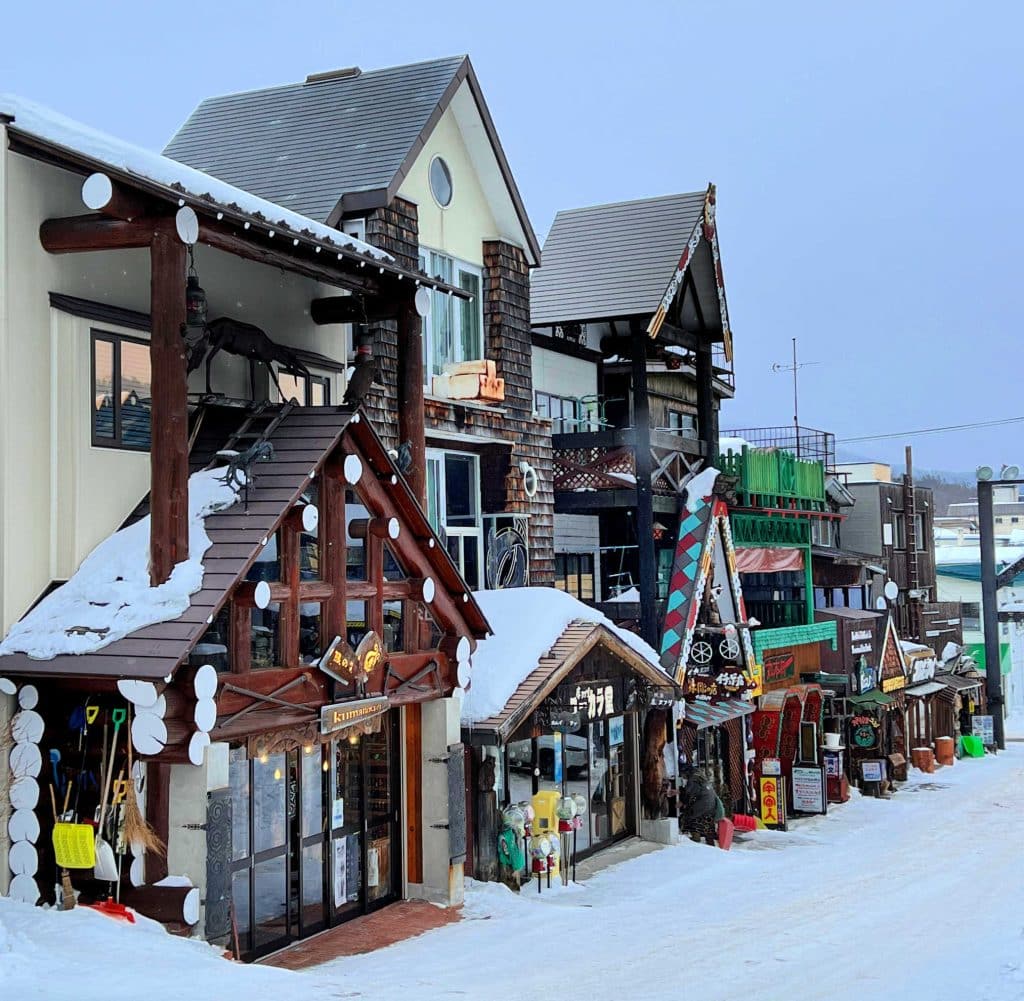
Ainu pride is visible at events like the annual Marimo Festival at Lake Akan. The Festival began in 1950 to inspire people to help save the endangered marimo algae of Lake Akan. It takes place in autumn.
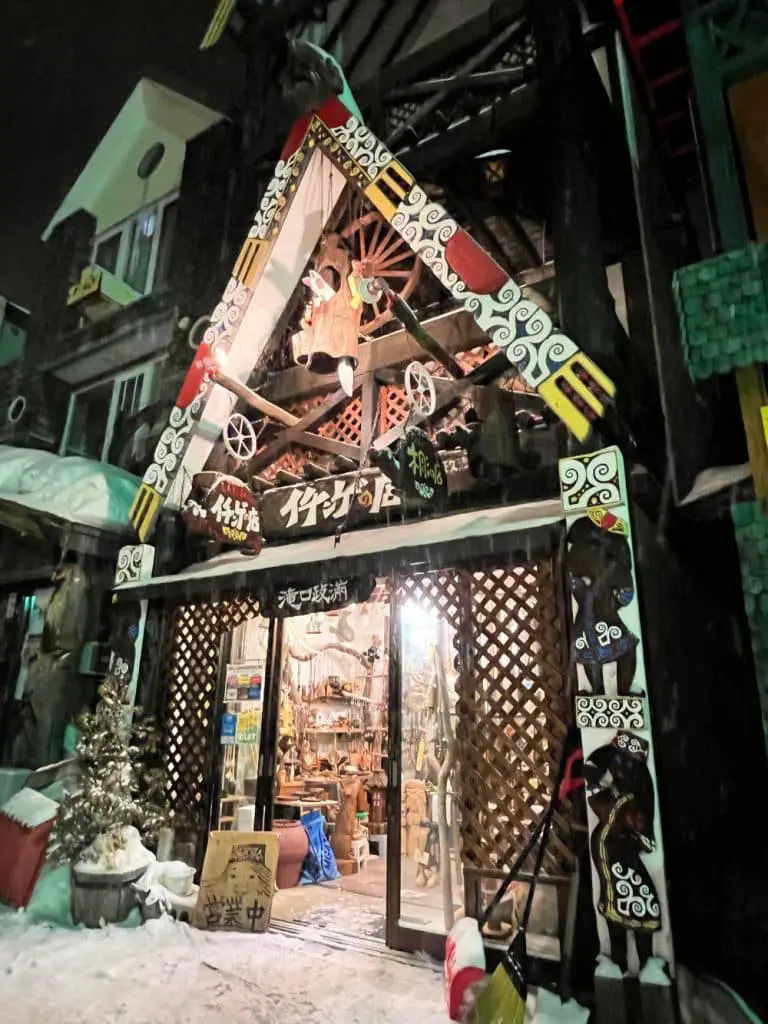
Kawamura Kaneto Ainu Museum
The Kawamura Kaneto Ainu Museum in Asahikawa exhibits a wide range of traditional Ainu tools and goods. Local Ainu leader Kawamura Kaneto founded the museum to educate the public about Ainu culture. He was a skilled railway construction surveyor, who also worked on educating people about Ainu culture.
Ainu Folklore Museum
The Ainu Folklore Museum is a small museum along the shore of Lake Kussharo. The museum has interesting displays and artifacts that highlight various aspects of Ainu life, including hunting and gathering, housing, food, clothing, and religion.
Visitors can watch a 25-minute video about Ainu history (available in English), which delves into the challenges faced by the Ainu community and present-day efforts to pass on Ainu traditions. Visitors can also make traditional Ainu bookmarks and coasters. Numbers are limited to two to three guests per class.
The Ainu Art Project is a 40-member group that shares Ainu culture through their Ainu and rock fusion band as well as through handmade arts and crafts.
Pin for Later


Photo credits: Claudia Laroye
- How to spend an unforgettable two days in Venice, Italy - April 25, 2024
- The Best Carry-on Luggage 2024 - April 15, 2024
- 9 essential tips for surviving road trips with teenagers - April 6, 2024
